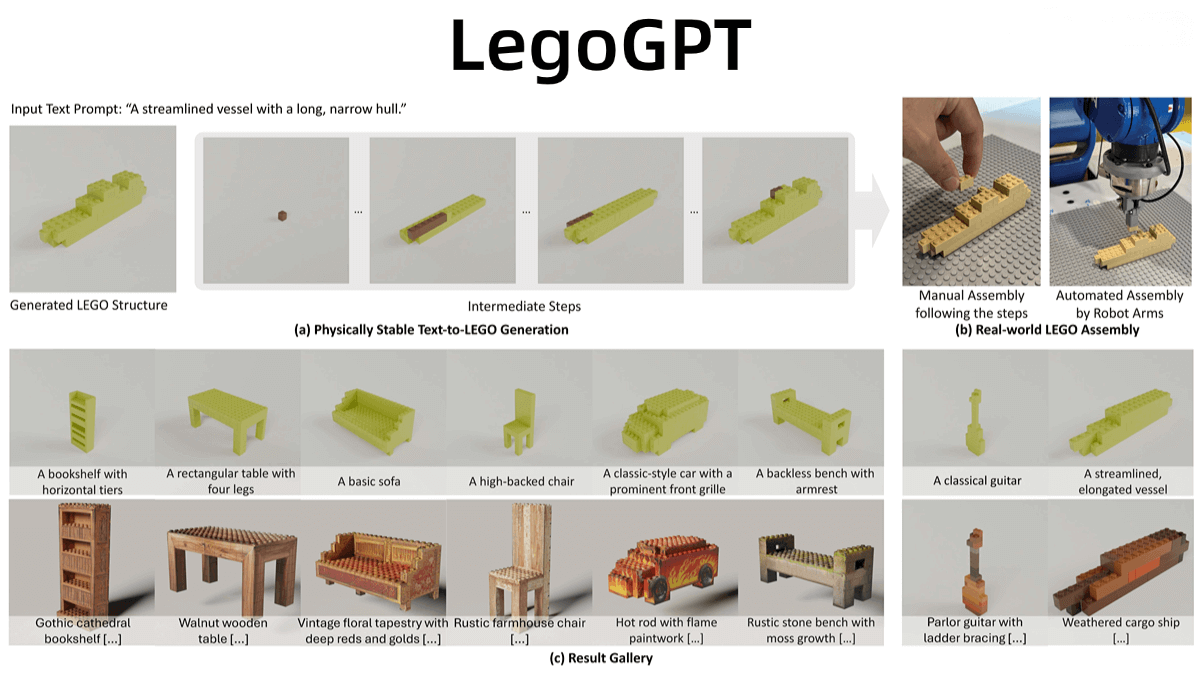WeatherNext 2 – Google DeepMind’s AI Weather Forecasting Model
What is WeatherNext 2?
WeatherNext 2 is a next-generation AI weather forecasting model jointly developed by Google’s DeepMind and Google Research. Built on the Functional Generative Network (FGN) architecture, the model delivers roughly 8× faster computation than its predecessor and produces hourly-resolution forecasts. It can simulate hundreds of possible weather scenarios from a single initial state, with each simulation taking less than one minute on a single TPU.Across the 0–15 day forecast range, WeatherNext 2 surpasses its previous version in 99.9% of meteorological variables, including temperature, wind speed, humidity, and more.

Key Features of WeatherNext 2
High-accuracy weather forecasting
• Generates high-resolution, hourly forecasts for 0–15 day periods.
• Outperforms the previous generation across 99.9% of variables including temperature, wind speed, and humidity.
Fast computation
• Uses an innovative FGN architecture.
• Delivers roughly 8× faster computation than the previous model.
• Produces a full forecast in under one minute on a single TPU.
Multi-scenario simulation
• Generates hundreds of plausible weather evolutions from a single initial condition, supporting research and disaster preparedness.
Low-probability event prediction
• Accurately forecasts low-probability but high-impact events—such as typhoons and extreme rainfall—enhancing early-warning capabilities.
Integrated data platforms
• Forecast data is available on Earth Engine and BigQuery, enabling easy access for researchers and developers.
Cloud service support
• Google Cloud’s Vertex AI has launched an early-access program for custom model inference, allowing users to tailor predictions to their needs.
Multi-scenario applications
• Now integrated into Google Search, Gemini, Pixel Weather, and Google Maps Platform’s Weather API.
• Will expand to Google Maps in the coming weeks to provide more convenient weather information.
Technical Principles of WeatherNext 2
Noise injection in function space
FGN injects a low-dimensional noise vector (e.g., 32-dimensional) into function space and applies it to the network via conditional normalization layers, producing globally consistent variability. This enables the model to generate hundreds of physically coherent scenarios from a single input.
Graph neural network architecture
FGN uses a GNN-based encoder/decoder:
• Latitude–longitude grids are mapped to an icosahedral spherical grid.
• A Graph Transformer operates on this grid.
This allows the model to capture complex spatial dependencies among meteorological variables.
Multi-stage training strategy
Training proceeds in multiple phases:
• Pretraining with ERA5 data
• Fine-tuning with HRES-fc0 data
• A final autoregressive stage where the model rolls predictions forward and computes losses to optimize multi-step forecasting performance.
Marginal and joint distribution learning
Although FGN is trained only on marginal distributions (e.g., temperature or wind speed individually), it effectively learns joint distributions—the interactions among variables—resulting in more comprehensive and accurate predictions.
High-resolution and fast forecasting
FGN generates hourly-resolution forecasts, and a single prediction on one TPU takes less than a minute, significantly improving forecasting efficiency.
Project Link
Official page: https://deepmind.google/science/weathernext/
Application Scenarios for WeatherNext 2
1. Consumer-facing weather services
Integrated into Google Search, Gemini, Pixel Weather, and more—providing users with highly accurate, high-resolution forecasts.
2. Developer & enterprise applications
Data is accessible via Earth Engine and BigQuery, with custom inference available through Vertex AI.
Enterprises and developers can build applications such as:
• optimizing logistics routes
• improving supply chain management
• integrating custom weather-based decision systems
3. Meteorological agencies & disaster early warning
Supports multi-scenario analysis, helping agencies:
• identify extreme weather events earlier
• enhance emergency preparedness and response
4. Energy & agriculture sectors
• Helps optimize renewable energy operations (wind, solar) and improve grid stability.
• Mid-range weather forecasting aids agricultural planning, such as crop scheduling and harvest optimization.
5. Scientific research & data sharing
Open access to high-precision weather data supports innovation and advances in meteorology and related fields.
Related Posts




